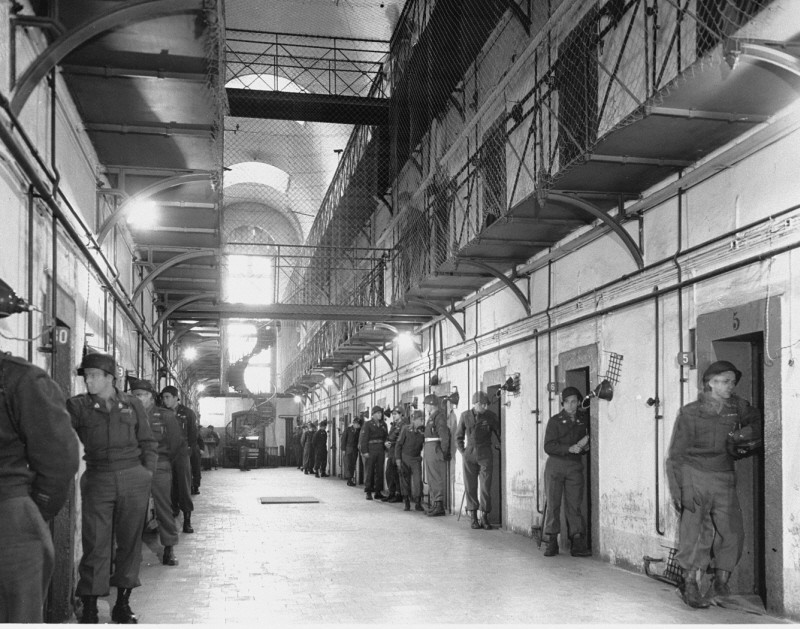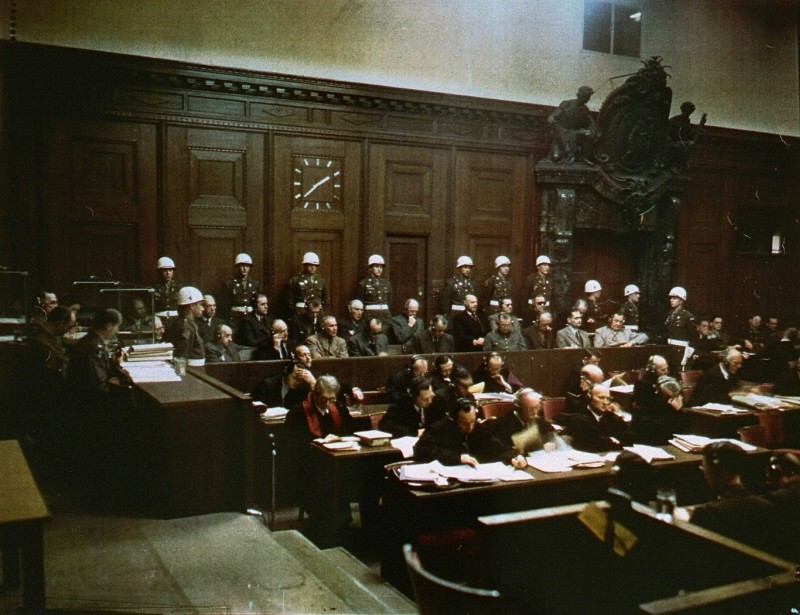
Who Was Put on Trial?
A union leader. A police chief. A newspaper editor. These people were among the defendants charged with crimes in the aftermath of World War II.
The International Military Tribunal and a series of later trials held at Nuremberg, Germany, were not focused on the Holocaust alone, as reflected in the range of criminal charges brought before these courts. After much debate, the IMT charged 24 defendants selected to represent a cross-section of German diplomatic, economic, political, and military leadership. Most of the defendants were highly sophisticated professionals, yet they were also men who committed almost unspeakable crimes.

The range of Nazi crimes was vast and legal efforts to punish them often yielded only limited results. Still, the Nuremberg trials set important precedents. The IMT declared to the world that “following orders” was not a legitimate defense for criminal acts. The trials also rejected claims that heads of state should be exempt from prosecution.
The Nuremberg defendants were symbolic; the individuals held legally accountable for the Holocaust were only a token number, a fraction of those involved in perpetrating Nazi crimes. And what to do with those crimes for which no witnesses survived?
Critical Thinking Questions
- Beyond the verdicts, what impact can trials have?
- How were various professions involved in implementing Nazi policies and ideology? What lessons can be considered for contemporary professionals?
- How have some professional codes of conduct changed following the Holocaust?
- How did national histories, agendas, and priorities affect the effort to try war criminals after the war?
- Is it ever too late for accountability?

